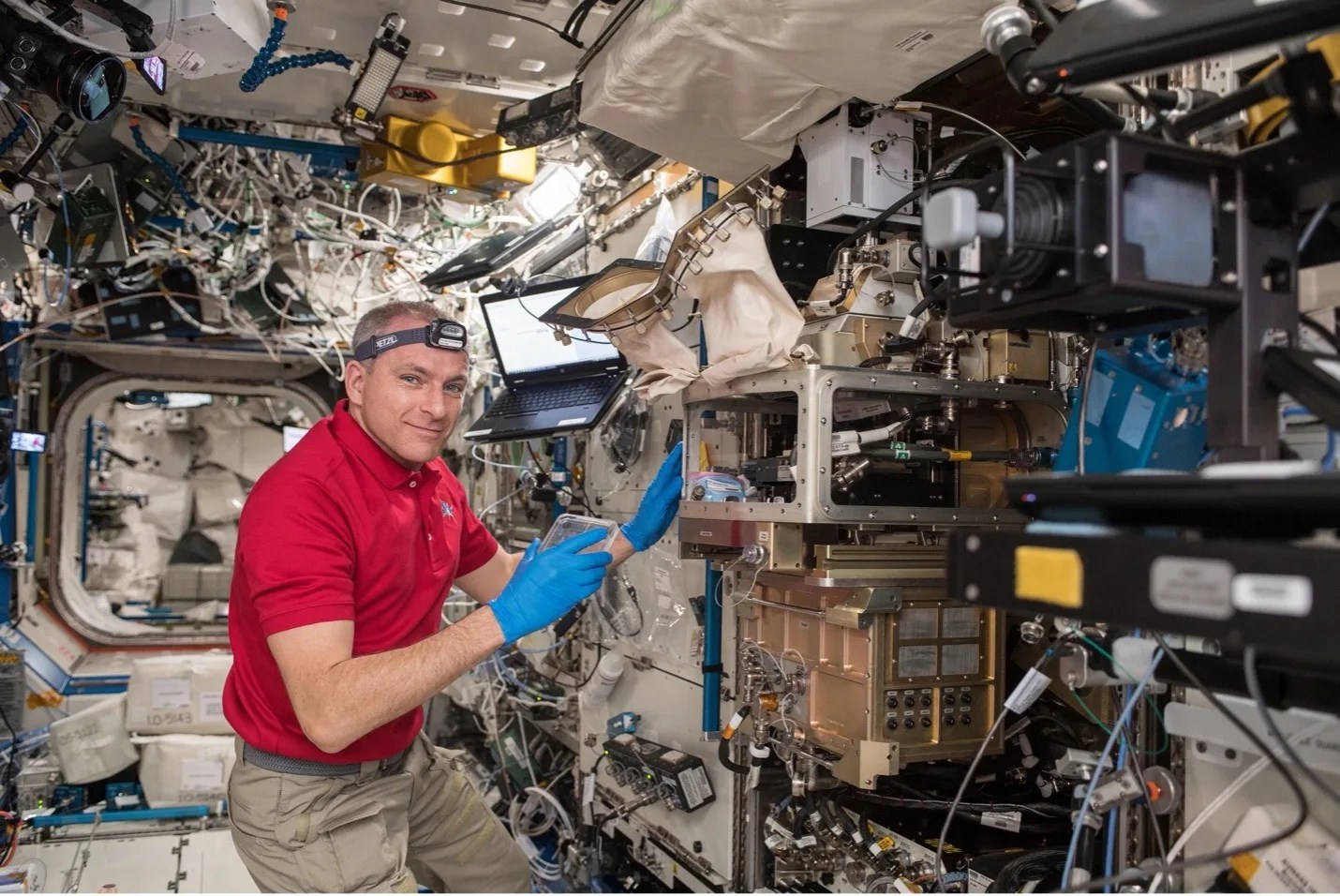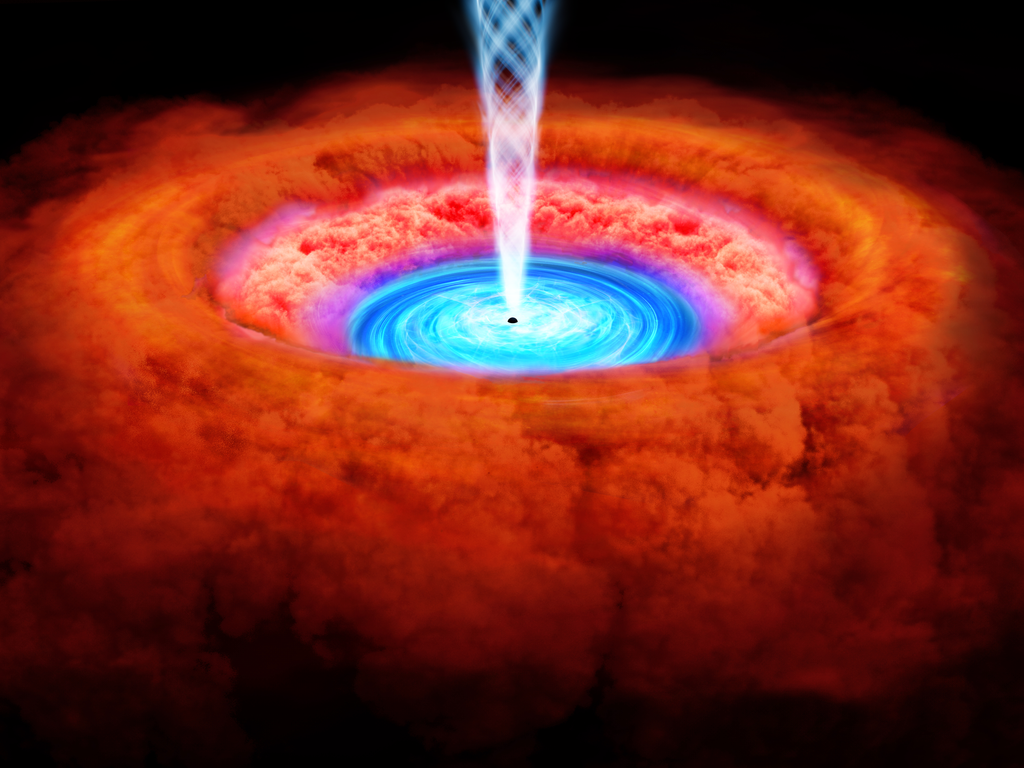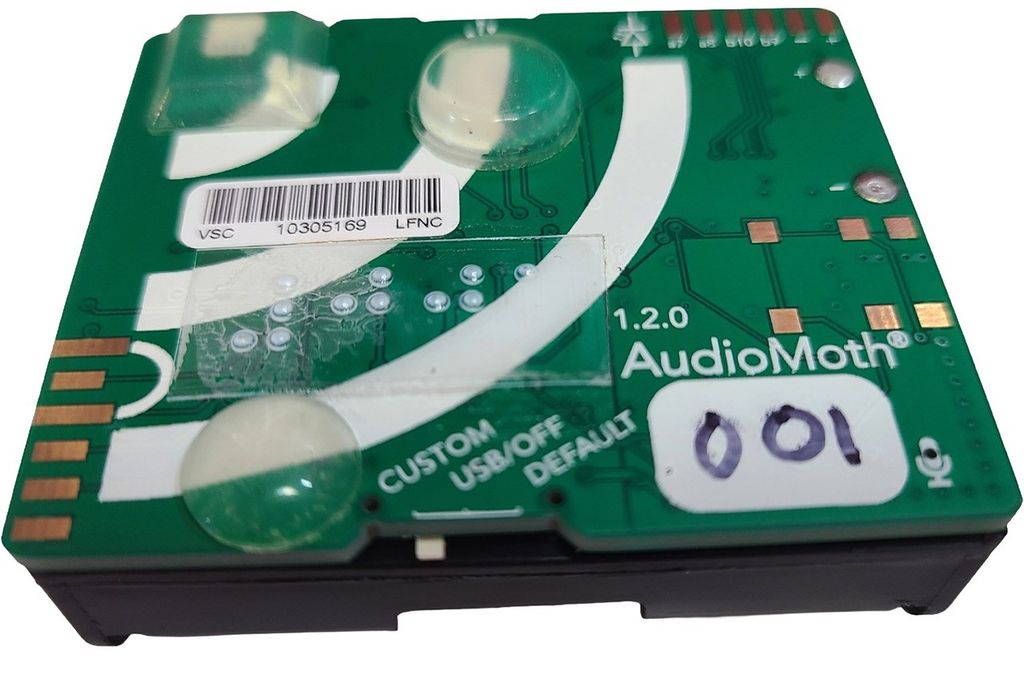Spaceflight-Induced Hypoxic-ROS Signaling (APEX-05)
Science Objectives
When grown in the confines of the International Space Station (ISS), plants do not seem to get enough air and as a result, exhibit a stress response in their genes and proteins. The Spaceflight-induced Hypoxic/ROS Signaling (APEX-05) experiment grows different wild and mutant varieties of Arabidopsis thaliana, in order to understand how their genetic and molecular stress response systems work in space. The plants grow from seeds in the Veggie plant growth facility aboard the ISS, are frozen, and returned to Earth for detailed laboratory analysis.
Status
The experiment has concluded, and science is being evaluated.


Experiment Description
The Spaceflight-induced Hypoxic/ROS Signaling (APEX-05) Investigation compares wild-type plants grown on the International Space Station (ISS) with mutants defective in the gene CAX2 and in the ROS producing gene RBOHD. Plants are grown in the Veggie facility onboard the ISS chemically fixed, and then frozen for return to Earth. The levels of all the plant genes are to be determined upon return and compared to control samples grown on Earth.
Space Applications
Plants are likely to be a major component of bio-regenerative life support strategies for long-term space missions, providing food, and contributing to air and water purification. Additionally, plants provide significant psychological support for crew on long duration missions but exhibit a range of stress responses in spaceflight. These underlying stresses and the response systems, however, are still not fully understood. The APEX-05 investigation seeks to provide scientists with a better understanding of how plants change and adapt to the unique stresses of spaceflight. Results may also show whether genetic engineering of plants can be utilized to reduce some spaceflight-related stress responses.
Earth Applications
The APEX-05 Investigation addresses how low oxygen sensing, and other response systems, operate in plants in microgravity. Similar low oxygen stress occurs naturally on Earth during events, such as flooding or intense microbial blooms in the soil. These types of events can have profound effects on plant productivity and can have important impacts on plants in both natural ecological systems and in agricultural settings. The results from this work can help provide a better understanding of how these events affect plant biology, and aid in the development of countermeasures through plant breeding or genetic engineering.


























